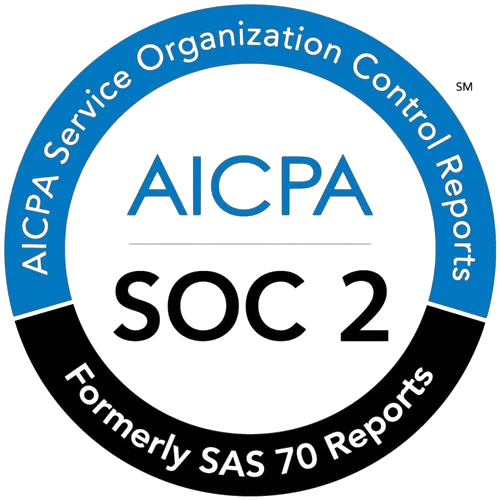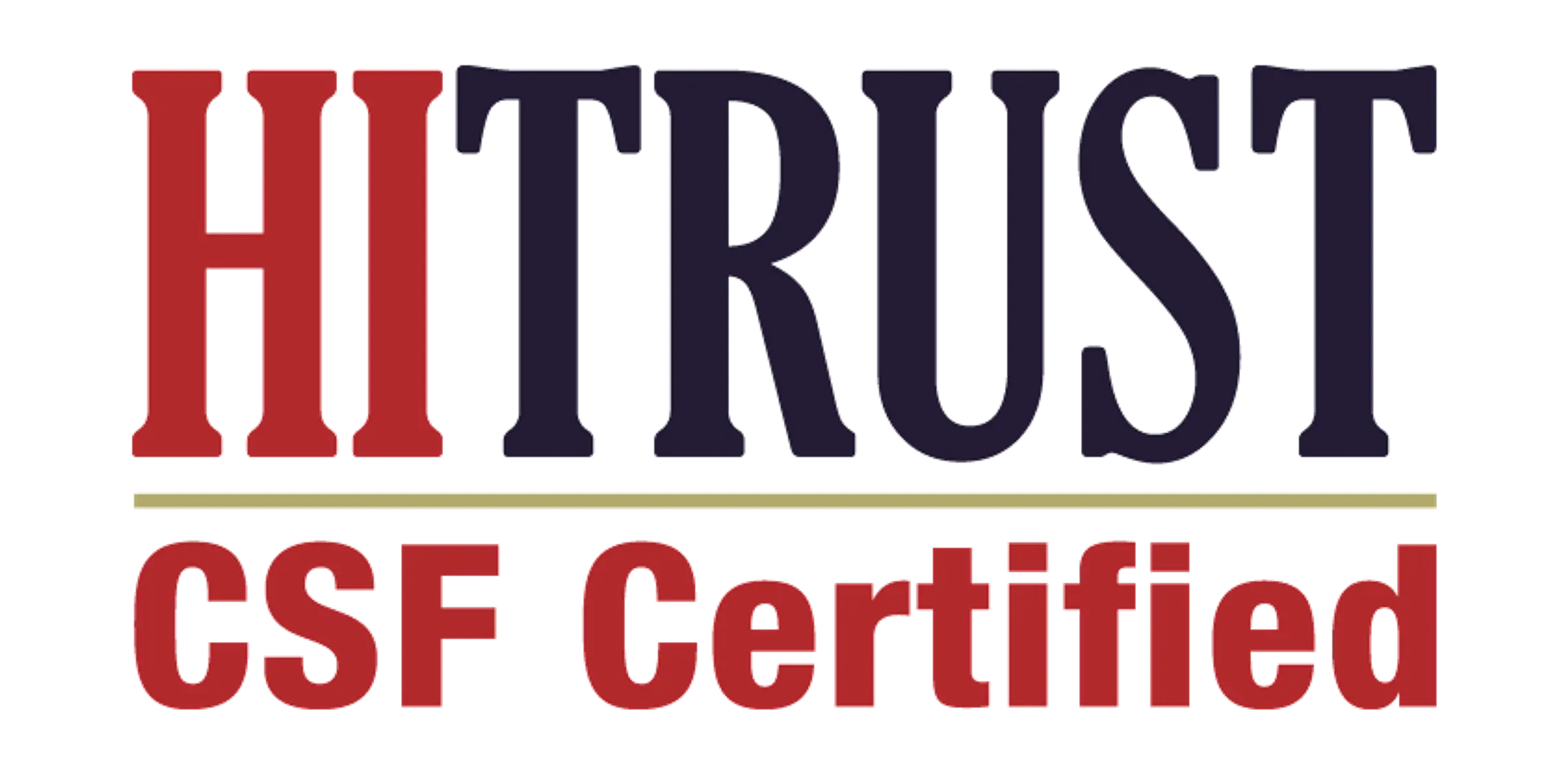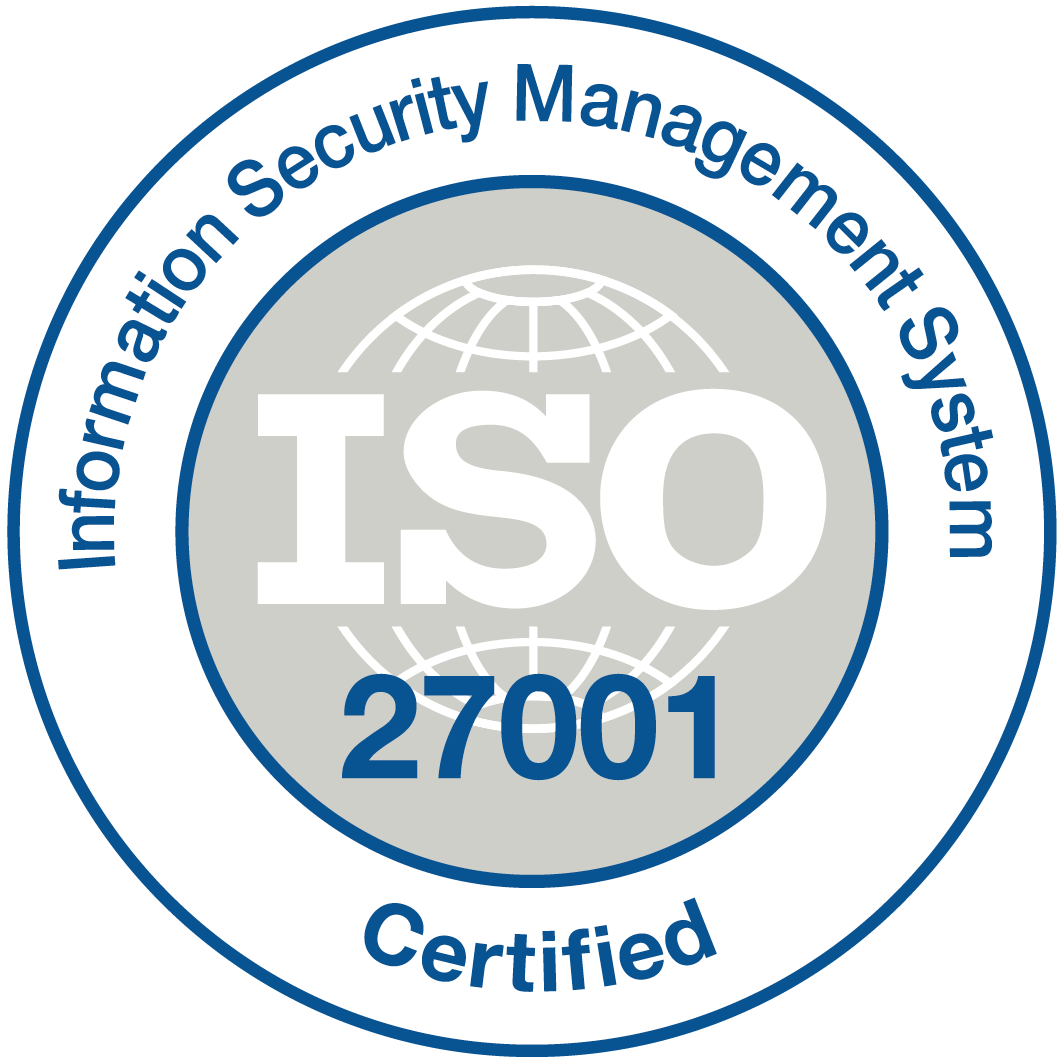Transforming healthcare: The power of automation in revenue cycle management

In an era where technology continues to redefine industries, healthcare stands at the forefront of innovation, with automation in Revenue Cycle Management (RCM) emerging as a game-changer. As healthcare providers grapple with increasing administrative costs, complex regulations, and the critical need for financial transparency, integrating automated solutions has proven essential.
What exactly is Revenue Cycle Management? RCM encompasses the entire financial process of healthcare, from patient registration and appointment scheduling to billing and collections. It’s a complex maze of paperwork, compliance, and data management that can often be burdensome. But with automation, healthcare organizations can streamline these processes, improving efficiency and profitability.
The first significant benefit of automation in RCM is the reduction of manual errors. Human involvement in billing and coding can lead to mistakes that result in delayed payments, claim denials, or even costly audits. Automated systems, equipped with advanced algorithms, can accurately process claims and manage coding, thereby minimizing errors. This not only accelerates the payment cycle but also allows staff to focus on patient care rather than paperwork.
Moreover, automation provides real-time data analytics, offering insights into the financial health of healthcare organizations. Revenue cycle performance can be monitored effectively, allowing administrators to identify trends, track key performance indicators, and make informed decisions. Predictive analytics can also signal potential issues, such as cash flow deficiencies or increasing denial rates, enabling proactive measures before they escalate.
Another crucial aspect of automation is its capacity to enhance patient engagement. Automated appointment reminders, electronic statements, and payment options improve patient interaction by providing clear communication and reducing friction. Patients can view their balances and make payments online, leading to higher collection rates and improved patient satisfaction. A seamless financial experience helps build trust, making patients feel valued and more likely to return for future care.
Furthermore, automation can significantly accelerate the revenue cycle's pace. Processes that once took days or weeks can now be completed in mere hours, thanks to automated workflows. Claims submission, payment posting, and denials management can happen swiftly, leading to faster reimbursements and improved cash flow for healthcare organizations. For practices that may struggle with financial stability, this can be a transformative advantage.
However, while the advantages of automation in healthcare RCM are compelling, successful implementation requires careful planning. Organizations must invest in the right technology and ensure that staff is well-trained to handle automated systems. Collaborating with experienced vendors who understand the nuances of healthcare billing can also facilitate a smoother transition.
As the healthcare landscape evolves, the role of automation in RCM will only become more critical. Providers that embrace this shift not only enhance their operational efficiency but also pave the way for better patient outcomes. The future of healthcare lies in harnessing the power of technology, and automation in RCM is at the heart of this transformation.
In conclusion, automating Revenue Cycle Management is more than just a trend; it is a vital strategy that can lead to significant improvements in efficiency, accuracy, and patient satisfaction. By embracing automation, healthcare providers are not just keeping pace with industry changes; they are setting themselves up for long-term success in a complex and ever-evolving environment. The time to act is now—transform your RCM processes and unlock the potential of automation in healthcare.






